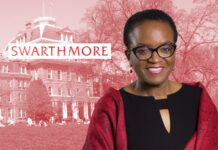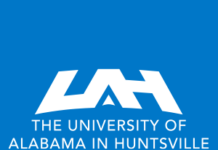 In 2001 Princeton University eliminated student loans in its financial aid packages. Under the plan, students from families with incomes below $60,000 had their full tuition and other costs covered by scholarship grants. Since that time more than 10,000 undergraduates have benefited from Princeton’s aid program, which meets students’ full financial need with grants that do not need to be repaid. As a result of Princeton’s lead, many other high-ranking colleges and universities revamped their financial aid plans to make it easier for low-income students to enroll at the nation’s elite educational institutions.
In 2001 Princeton University eliminated student loans in its financial aid packages. Under the plan, students from families with incomes below $60,000 had their full tuition and other costs covered by scholarship grants. Since that time more than 10,000 undergraduates have benefited from Princeton’s aid program, which meets students’ full financial need with grants that do not need to be repaid. As a result of Princeton’s lead, many other high-ranking colleges and universities revamped their financial aid plans to make it easier for low-income students to enroll at the nation’s elite educational institutions.
Now Princeton is once again taking the lead in providing financial aid to make it easier for students from all socioeconomic backgrounds to afford an education at one of the nation’s most selective institutions of higher education. Under the new plan, most families earning up to $100,000 a year will pay nothing, and many families with income above $100,000 will receive additional aid, including those at higher income levels with multiple children in college. A majority of the additional scholarship funding will benefit families earning less than $150,000, and the university’s highest-need students will receive new and expanded forms of financial support. The university estimates that one-quarter of all students will attend Princeton for free, including room and board.
“One of Princeton’s defining values is our commitment to ensure that talented students from all backgrounds can not only afford a Princeton education but can flourish on our campus and in the world beyond it,” President Christopher L. Eisgruber said. “These improvements to our aid packages, made possible by the sustained generosity of our alumni and friends, will enhance the experiences of students during their time at Princeton and their choices and impact after they graduate.”
African Americans make up 8 percent of the undergraduate student body at Princeton University, according to the most recent data available from the U.S. Department of Education. Black students made up 14 percent of the entering class in the fall of 2021.











